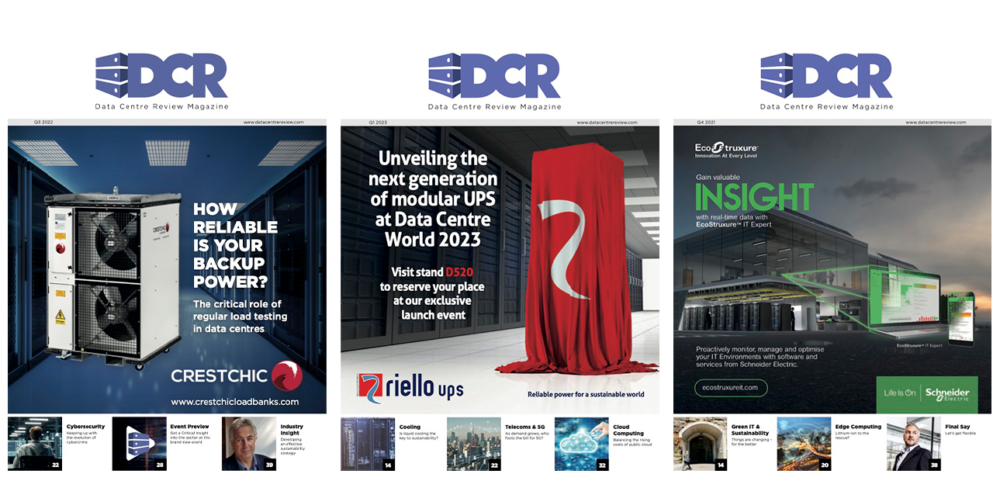Charles Bruinvels, Head of Land Intelligence at BCS, argues that copying the playbook – power and fibre first, associations shaping clear routes to build – could convert underserved markets into resilient regional hubs.
The emerging data centre market in South-Eastern Europe is becoming increasingly attractive for investment, driven by a convergence of geopolitical, economic and technological factors. But what does the situation really look like on the ground as demand increases in places like Athens, Crete, Cyprus, Bucharest, Sofia and Istanbul?
At a recent conference my colleague Chris Coward, Director of Project Management, was invited to speak on a site selection panel and led the discussion on these emerging markets. Core to his speech was the message that what is key to success in these frontier markets is to ‘learn from the mistakes made during the roll out of data centres across Western Europe’.
Expanding on this he went on to say that the critical infrastructure for power and fibre must come first, and that data centres in these emerging markets would be on the primary infrastructure highways.
Established infrastructure
A clear take away from this is noting that the infrastructure highways are already established in the region and the route of existing subsea cables across the Mediterranean and Black Sea strengthen the accessibility to these new markets. The majority of the subsea cables pass through the Mediterranean Sea from Marseille and Genoa to Egypt, passing north Africa, Sicily and Crete along the way.
Crete has several landing stations and connections to Athens, Istanbul, Bulgaria and Romania (amongst others).
Reliable renewables
These frontier markets also have reliable power from a range of existing renewable sources such as nuclear, wind, solar, hydroelectric and biomass, and also from non-renewables coal and natural gas.
Sustainable renewable power is a key focus in the region with market leaders in the renewable sector across Greece working towards an 80% increase in renewable power sources by 2030.
Furthermore, Romania, Turkey and Bulgaria are working towards 60%, 55% and 40% of total electricity generation to be from renewable sources by 2030 respectively.
There are some challenges to overcome
There is no doubt that the region is well-positioned between Western Europe, the Middle East, and Asia making it appealing for establishing regional hubs to serve multiple continents. Reduced operational costs also make it attractive with lower electricity, land, and labour costs compared to Western Europe. Underserved markets, for example the Western Balkans, also offer first-mover advantages.
However political and economic volatility in certain countries has raised some concerns among investors and operators, alongside the regulatory and bureaucratic hurdles to be faced. The reality of regulatory and permitting in these emerging markets around data centres is loose and yet to be established properly. The inconsistent policies across the region can result in time-consuming permitting processes and a lack of streamlined frameworks.
The role of data centre associations will become critical in defining the route to construction and the speed to market. If done correctly this will make the location more attractive for a customer.
Skills shortage
Much like the majority of the sector, there is a lack of specialised data centre talent in these regions. However, the inevitable brain-drain driven by more opportunities and higher salaries in Western Europe has exacerbated this and there is an urgent need for workforce development and training programmes and investment in local talent through collaboration with local Universities.
So what does this mean for site selection in the region?
By using an infrastructure-first approach, we can see huge potential in the capital cities Bucharest, Sofia, Istanbul and Athens, as these areas are already well connected with renewable power. Furthermore, Crete provides advantages for those wanting to make use of the subsea cables through the Mediterranean Sea.
Whilst there are some challenges, these aren’t new and we can take the learning from overcoming these in the development of the market in western Europe and apply that to efficiently build new data centres in these regions.



